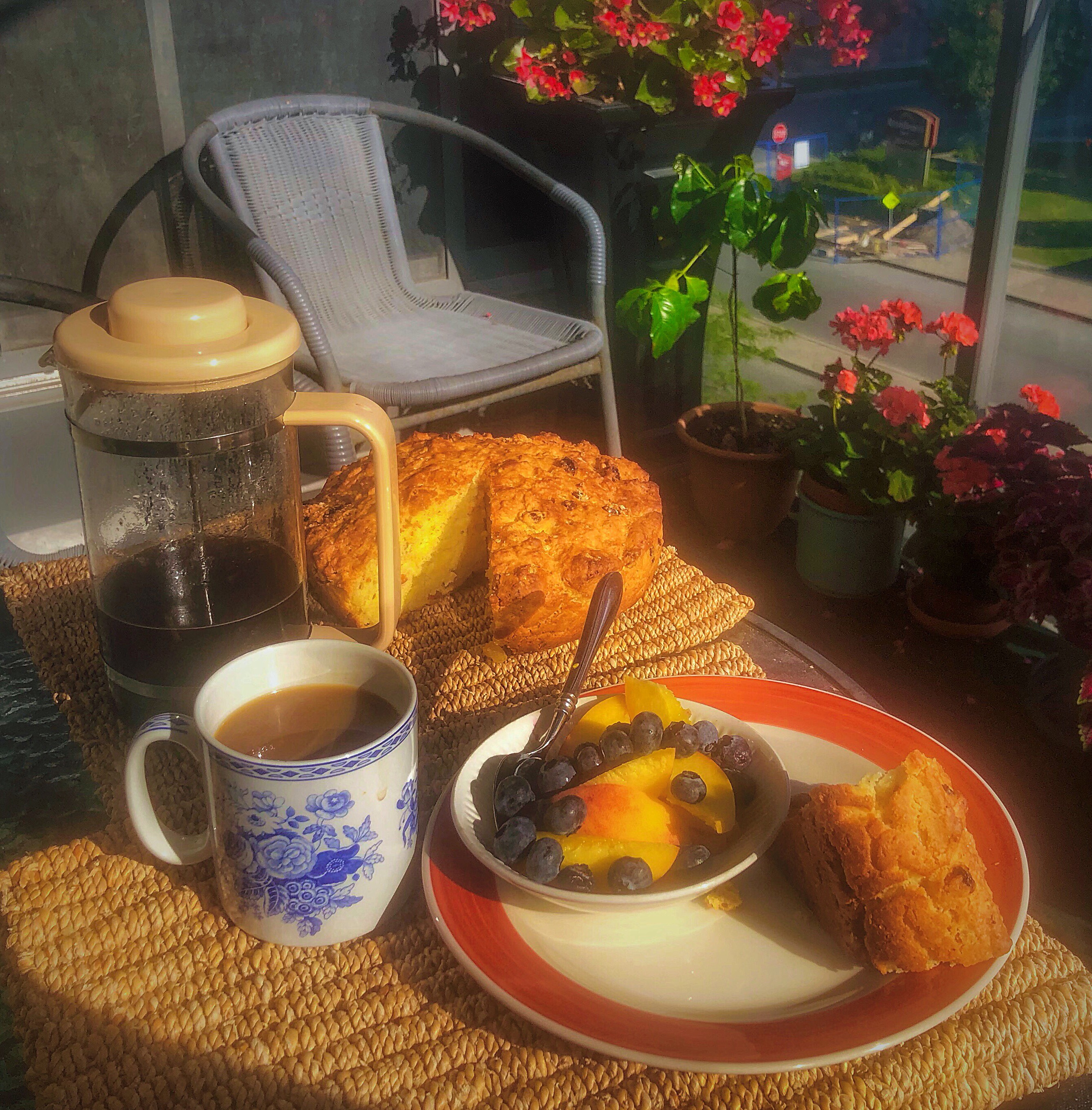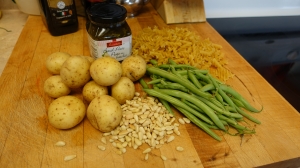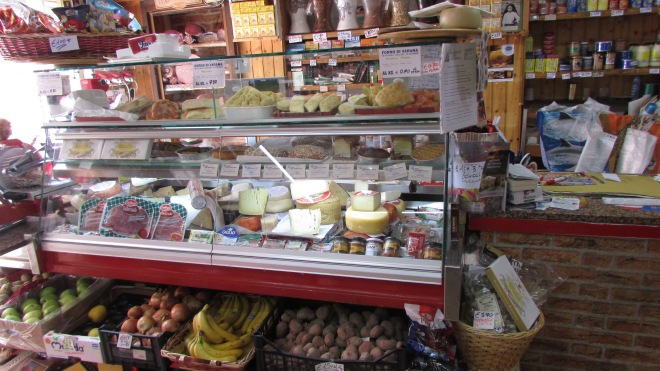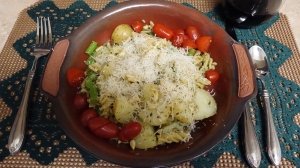The weather has been warm and I have covered most of the territory in Kingston core that is surrounding where I live so to complete my personal challenge of walking all the streets in the core, I will have to go a bit farther afield. When the cooler fall weather hits, I will try to do that.
Today, rather than walk this morning, I elected to make some Irish Soda Bread in my cast iron skillet. I took it out to my balcony in the September sunshine and enjoyed it with coffee and some fresh peaches and blueberries. A couple of friends have asked for the recipe so here it is:

Irish Soda Bread in the Cast Iron Skillet
Ingredients:
3 cups flour
1 1/2 Tbsp sugar
1 tsp salt
1 tsp Baking Soda
3 Tbsp cold Butter, cut in little chunks
1/2 cup raisins
Some candied orange peel cut in small pieces
1 egg
1 1/2 cups Buttermilk ( I substitute 1 1/2 Tbsp white vinegar made up to 1 1/2 cups with milk)
Preheat the oven to 425 degrees F with the cast iron skillet (about 9-10 inch diameter) in the oven to get hot as well.
Sift the dry ingredients together. Add butter and cut it in with a pastry cutter or crumble it in with your fingers until the mixture is coarse and even.
Mix in the raisins and orange peel.
Make a dip in the middle of the dry mix and beat the egg and add the milk to it. Mix it all together. (I use a wooden spoon and I only mix it enough to be sure that the dry ingredients have been incorporated.)
Remove the skillet from the oven (IT IS HOT. BE CAREFUL.) and put a bit (1/2 Tbsp?) of olive oil into it and coat the bottom and sides of the skillet. I have a little silicone brush that I use to brush it around.
Pour the batter into the skillet and even it out. Bake for about 40 minutes or until done.
I sometimes drizzle a bit of icing on it – made by combining some icing sugar with a few drops of milk to make it runny enough to drizzle onto the bread. If you add too much milk it is way too runny.
Serve warm with butter, jam or honey. Freezes well, too. Enjoy
And just for a bit more summery cheer before autumn closes in, here are a couple of photos of flowers I have taken in the past couple of weeks while walking around the hood.




 Potatoes (sliced in 1 inch cubes or thereabouts)
Potatoes (sliced in 1 inch cubes or thereabouts)












